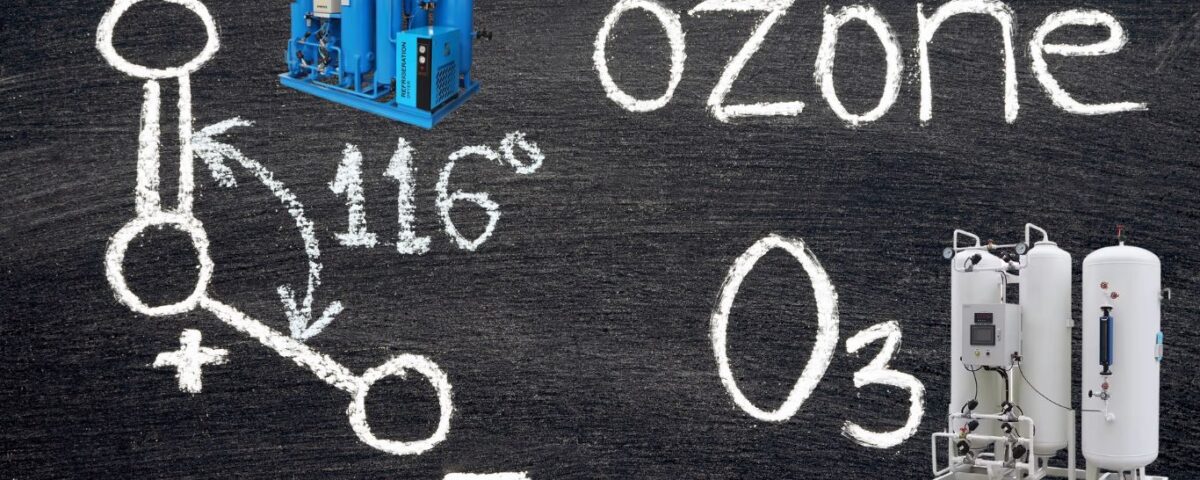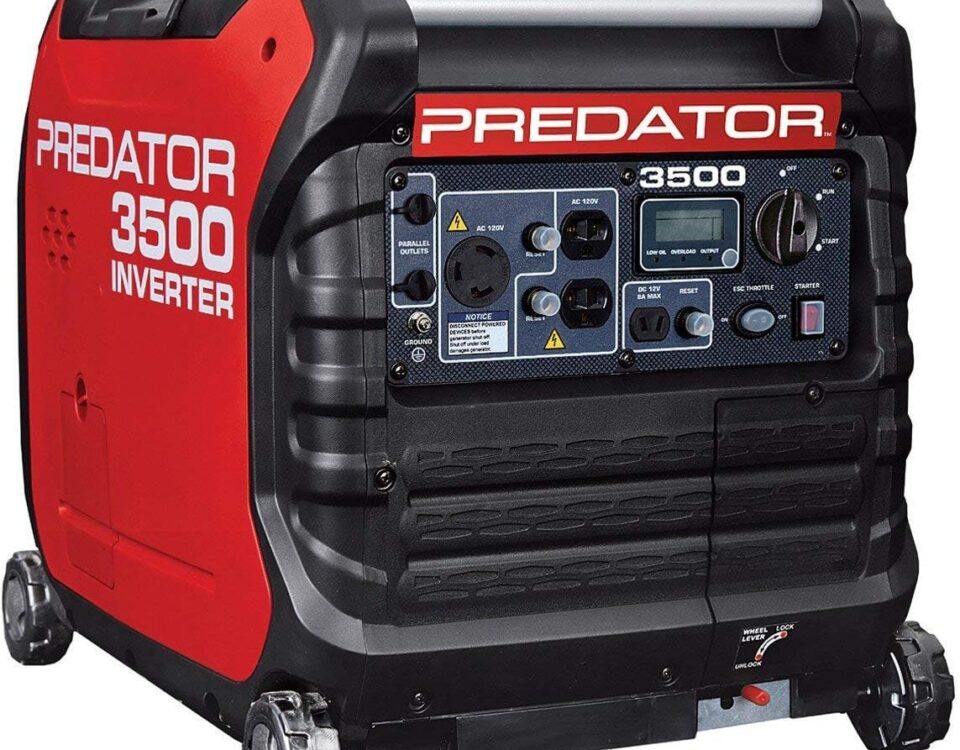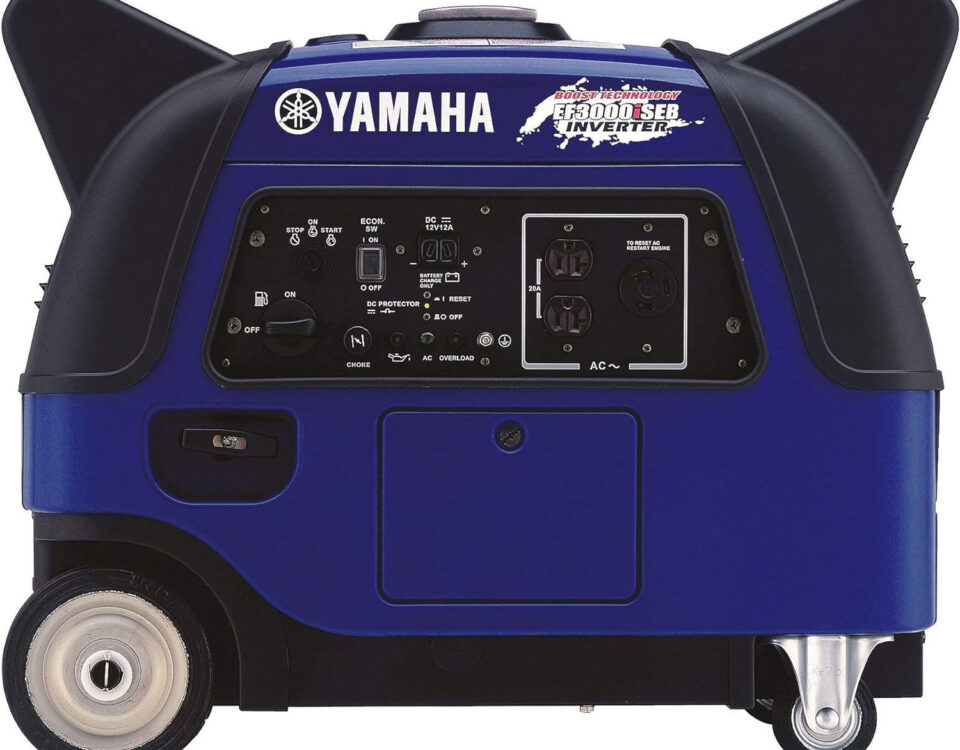
Ozone generators are devices designed to produce ozone (O₃), a molecule composed of three oxygen atoms. Ozone is a powerful oxidizing agent, making it effective for various applications, including air purification, odor elimination, and water treatment. This article provides a comprehensive overview of ozone generators, covering types, mechanisms, applications, safety considerations, and a detailed comparison of notable models.
Ozone generators are devices designed to produce ozone (O₃), a molecule of three oxygen atoms. These devices are widely used in various industries and households for air purification, odour removal, and water treatment. However, the benefits of ozone generators come with responsibilities and risks that users must understand to ensure safe and effective use.
Table of Contents:
Introduction to Ozone Generators
Types of Ozone Generators
Mechanisms of Ozone Generation
Applications of Ozone Generators
Safety Considerations and Guidelines
Notable Ozone Generator Models (Detailed Specifications)
Comparison of Ozone Generator Models
Conclusion
1. Introduction to Ozone Generators
Ozone generators are devices that produce ozone gas for various purposes. Ozone is a naturally occurring gas in the Earth’s atmosphere and plays a crucial role in absorbing the sun’s ultraviolet radiation. At ground level, ozone can be both beneficial and harmful, depending on its concentration and exposure duration. Ozone generators utilize ozone’s strong oxidizing properties to eliminate bacteria, viruses, and odors.
Why Ozone Generators Are Important
Ozone generators play a critical role in maintaining indoor air quality, water purity, and industrial cleanliness. They are used across residential, commercial, and industrial settings, offering a chemical-free method to address environmental contaminants. Understanding how these devices work can help consumers make informed decisions about their use and potential health impacts.
Ozone is a naturally occurring molecule found in the Earth’s atmosphere. It forms when oxygen molecules (O₂) interact with ultraviolet (UV) light or electrical discharges. Ozone is most commonly associated with the ozone layer, which protects the planet from harmful UV radiation. However, ozone can serve a different purpose at ground level as a powerful oxidizing agent.
This oxidative property allows ozone to neutralize odours, kill bacteria, and deactivate viruses. While these qualities benefit specific applications, ozone can pose health risks if improperly handled.
2. Types of Ozone Generators
Corona Discharge Ozone Generators
Corona discharge ozone generators produce ozone by passing oxygen or dry air through a high-voltage electrical discharge. This splits oxygen molecules (O₂) into individual atoms, which combine with O₂ to form ozone (O₃). This method is highly efficient, making these devices popular in industrial and commercial applications.
Specifications:
Ozone Output: High
Power Consumption: Moderate to high
Applications: Air and water purification, industrial processes
Maintenance: Regular electrode cleaning required
Ultraviolet (UV) Ozone Generators
UV ozone generators use ultraviolet light to split oxygen molecules, forming ozone. They produce lower ozone concentrations compared to corona discharge generators, making them suitable for smaller applications such as home air purifiers and odor removers.
Specifications:
Ozone Output: Low to moderate
Power Consumption: Low
Applications: Air purification, home use
Maintenance: UV lamp replacement required periodically
Cold Plasma Ozone Generators
Cold plasma, or dielectric barrier discharge (DBD), ozone generators expose pure oxygen to a plasma field, causing oxygen molecules to dissociate and recombine as ozone. These generators are highly effective but require professional installation and maintenance.
Specifications:
Ozone Output: High
Power Consumption: High
Applications: Industrial air treatment, wastewater treatment
Maintenance: Professional servicing recommended
Electrolytic Ozone Generators
Electrolytic ozone generators use an electrochemical process to generate ozone from water. These systems are efficient for water treatment applications.
Specifications:
Ozone Output: Moderate to high
Power Consumption: Moderate
Applications: Water purification, disinfection
Maintenance: Minimal, depending on water quality
Mechanisms of Ozone Generation
The main mechanisms for ozone generation include:
Corona Discharge: High-voltage electrical discharge creates a corona effect, splitting O₂ molecules into individual oxygen atoms, which combine with O₂ to form O₃.
Ultraviolet Radiation: UV light at specific wavelengths breaks O₂ molecules into oxygen atoms, which react with O₂ to produce ozone.
Cold Plasma: A plasma field generated by dielectric barrier discharge causes oxygen molecules to dissociate, leading to ozone formation.
Electrolysis: Electrochemical processes produce ozone by passing an electrical current through water, splitting water molecules into ozone and hydrogen gas.
4. Applications of Ozone Generators
Air Purification
Ozone generators eliminate airborne contaminants such as bacteria, viruses, and odors by oxidizing organic compounds.
Water Treatment
Ozone disinfects water by removing impurities without leaving harmful residues. Applications include drinking water purification and swimming pool maintenance.
Odor Elimination
Ozone breaks down odor-causing molecules, making it useful in hotels, vehicles, and industrial facilities.
Food Preservation
Ozone extends the shelf life of perishable foods by killing bacteria and reducing spoilage during storage.
Industrial Applications
Ozone generators are used for processes like bleaching, chemical synthesis, and wastewater treatment.
5. Ozone Generator Safety Considerations and Guidelines
Proper Ventilation: Ensure adequate ventilation when operating ozone generators.
Occupational Exposure Limits: Follow regulatory standards for ozone exposure.
Usage Guidelines: Operate generators according to manufacturer instructions and avoid using them in occupied spaces.
6. Notable Ozone Generator Models (Detailed Specifications)
K-Series Ozone Generators
Specifications:
Ozone Output: High
Power Source: Electric
Features: Multiple operational modes, durable construction
Model K2 (Dual-Cell) Ozone Generator
Specifications:
Ozone Output: Very High
Power Source: Electric
Features: Dual cells for enhanced performance, touch-screen control
MaxBlaster PRO Ozone Generator
Specifications:
Ozone Output: Moderate to High
Power Source: Electric
Features: Portable, lightweight design
Airthereal MA5000 Ozone Generator
Specifications:
Ozone Output: Moderate
Power Source: Electric
Features: Timer control, eco-friendly design
7. Comparison of Ozone Generator Models
- Model
- Ozone Output
- Power Consumption
- Applications
- Key Features
- K-Series
- High
- Moderate to High
- Industrial, Residential
- Multiple modes, durable
- Model K2 (Dual-Cell)
- Very High
- High
- Industrial, Water
- Dual cells, touch control
- MaxBlaster PRO
- Moderate-High
- Moderate
- Air Purification
- Portable, lightweight
- Airthereal MA5000
- Moderate
- Low
- Residential, Office
- Timer control, eco-friendly
8. Conclusion
Ozone generators play a vital role in air and water purification, odor elimination, and industrial processes. Selecting the right model involves evaluating output capacity, power consumption, and intended application. By understanding their mechanisms, applications, and specifications, users can make informed decisions when choosing an ozone generator for personal or industrial use.





